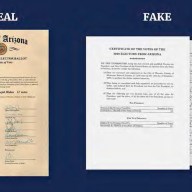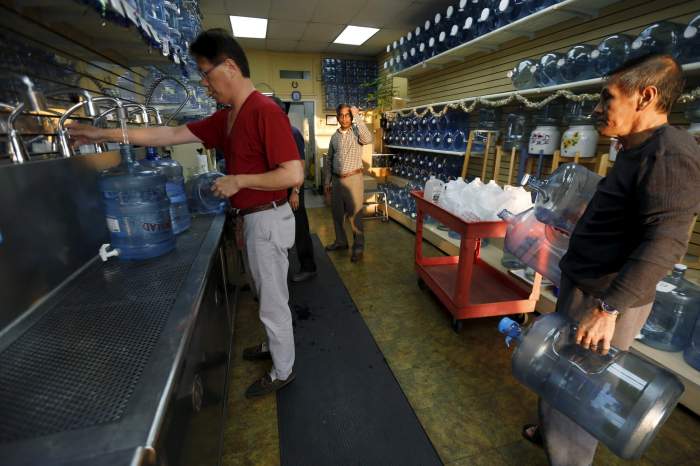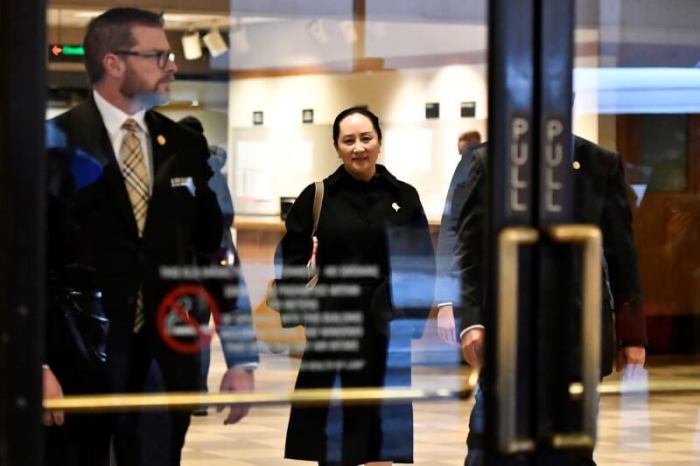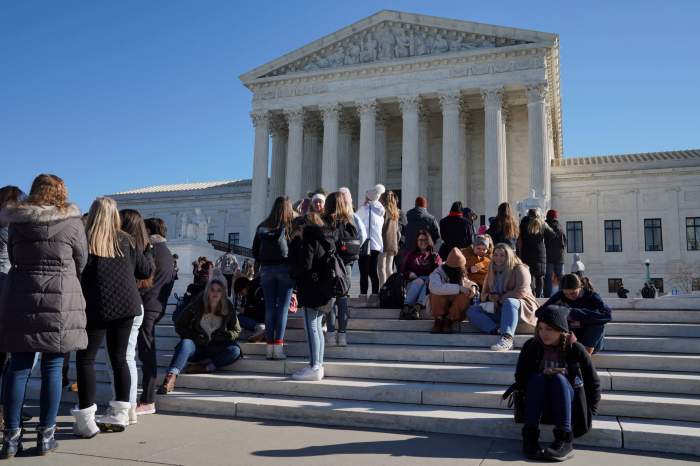By Lucia Mutikani
WASHINGTON (Reuters) – U.S. consumer prices rose for the first time in four months in February, but the pace of the increase was modest, resulting in the smallest annual gain in nearly 2-1/2 years.
The report from the Labor Department on Tuesday also showed benign underlying inflation last month, which together with slowing economic growth support the Federal Reserve’s “patient” approach towards further interest rate increases this year.
“We view the risks to the inflation outlook as weighted to the downside as the domestic economy has slowed more quickly than we had expected,” said Ryan Sweet, a senior economist at Moody’s Analytics in West Chester, Pennsylvania. “The Fed is on pause for the foreseeable future.”
The Consumer Price Index increased 0.2 percent, lifted by gains in the costs of food, gasoline and rents. The CPI had been unchanged for three straight months.
In the 12 months through February, the CPI rose 1.5 percent, the smallest gain since September 2016. The CPI increased 1.6 percent on a year-on-year basis in January.
Excluding the volatile food and energy components, the CPI edged up 0.1 percent, the smallest increase since August 2018. The so-called core CPI had increased by 0.2 percent for five straight months.
In the 12 months through February, the core CPI rose 2.1 percent. The core CPI had increased by 2.2 percent for three consecutive months on an annual basis.
Economists polled by Reuters had forecast the CPI and the core CPI edging up 0.2 percent in February.
The Fed, which has a 2 percent inflation target, tracks a different measure, the core personal consumption expenditures (PCE) price index, for monetary policy.
The core PCE price index increased 1.9 percent on a year-on-year basis in December after a similar gain in November. It hit the U.S. central bank’s 2 percent inflation target in March last year for the first time since April 2012.
The economy lost momentum at the end of last year, a trend that appears to have persisted through early 2019, with manufacturing production plunging and retail sales rising slightly in January after December’s sharp drop.
First-quarter growth estimates have been cut to as low as a 0.2 percent annualized rate. The economy grew at a 2.6 percent pace in the fourth quarter.
Slowing domestic and global growth are keeping inflation in check even as a tight labor market is driving up wages. Annual wage growth jumped 3.4 percent in February, the biggest increase since April 2009, from 3.1 percent in January.
“That is partly because a modest pick-up in productivity growth has kept a lid on unit labor costs and partly because the rising dollar has started to put downward pressure on imported goods prices,” said Paul Ashworth, chief U.S. economist at Capital Economics in Toronto.
Stocks on Wall Street were trading higher, but Boeing’s fall for a second straight session pressured the Dow Jones Industrial Average and capped gains in broader markets. The dollar slipped against a basket currencies, while U.S. Treasury prices rose.
DECLINING INFLATION EXPECTATIONS
A New York Fed survey of consumer expectations published on Monday showed a drop in inflation expectations in February.
In a wide-ranging interview with CBS’s 60 Minutes television news program, Fed Chairman Jerome Powell on Sunday reiterated the central bank’s wait-and-see approach to further monetary policy tightening this year. Powell said the Fed did “not feel any hurry” to change the level of interest rates again.
The Fed hiked rates four times in 2018. The January PCE price data will be released on March 19 after being delayed by a 35-day partial shutdown of the federal government that ended on Jan. 25.
In February, gasoline prices rose 1.5 percent after three straight monthly declines. Food prices increased 0.4 percent, the biggest rise since May 2014, after gaining 0.2 percent in January. Food consumed at home rose 0.4 percent last month, boosted by more expensive dairy products, fresh vegetables, cereals and meat.
Owners’ equivalent rent of primary residence, which is what a homeowner would pay to rent or receive from renting a home, increased 0.3 percent in February, as it did in January.
Apparel prices rose 0.3 percent after surging 1.1 percent in January. Consumers paid more for motor vehicle insurance, airline fares, household furnishings and personal care products.
But consumers got some relief from healthcare costs, which fell 0.2 percent after five straight monthly increases. Healthcare costs were held down by a record 1.0 percent decline in the price of prescription medication and a 0.7 percent drop in the cost of hospital services.
Prices for new motor vehicles, used cars and trucks, as well as recreation fell. Some economists believed the declines in healthcare and motor vehicle prices were temporary, noting that these two categories tended to be volatile, and expected the core CPI to tick higher in the months ahead.
“I don’t think the softness this month is a harbinger of slower inflation in the next few months,” said Eric Winograd, senior economist at AllianceBernstein in New York.
(Reporting by Lucia Mutikani; Editing by Paul Simao)


















